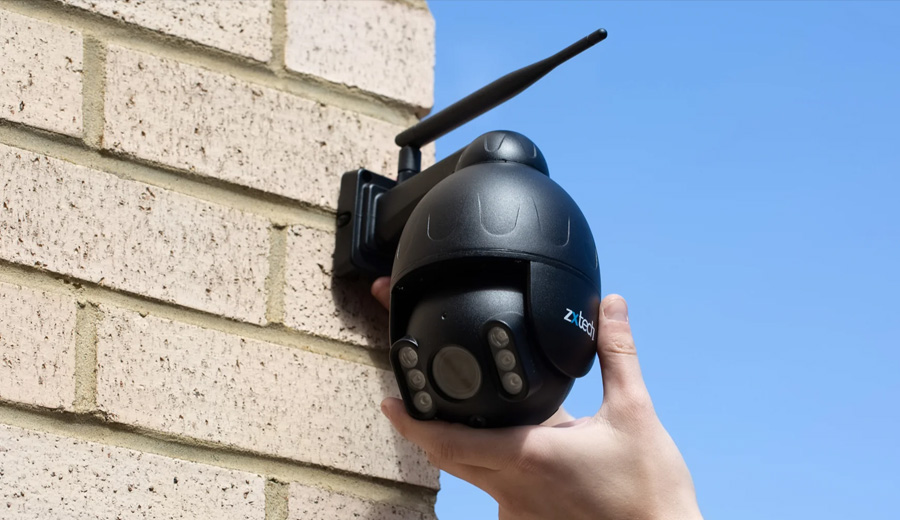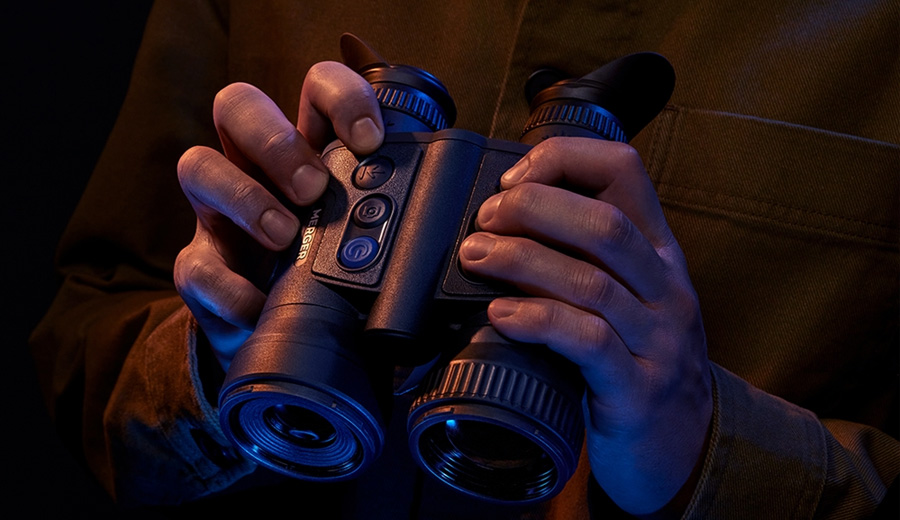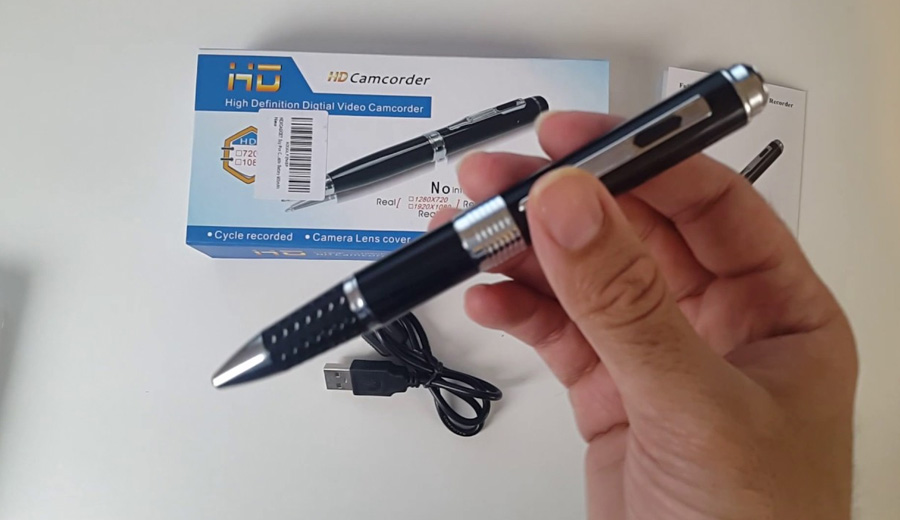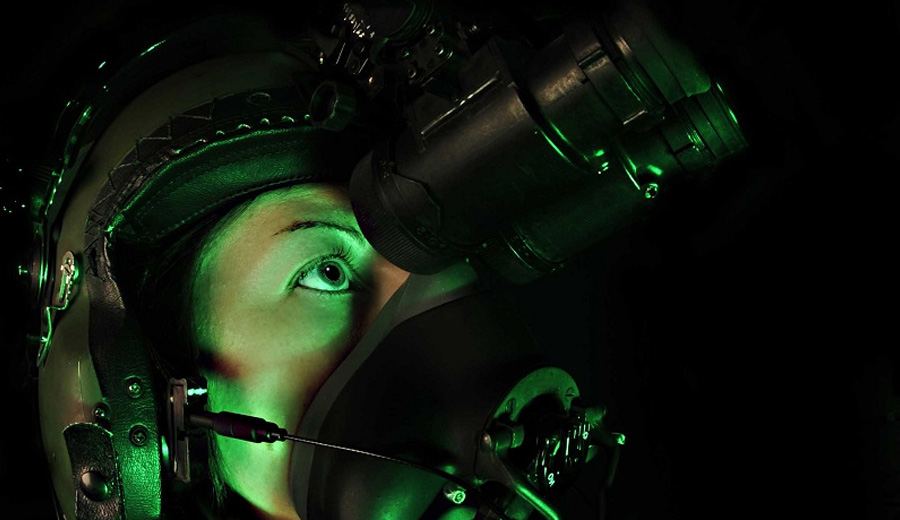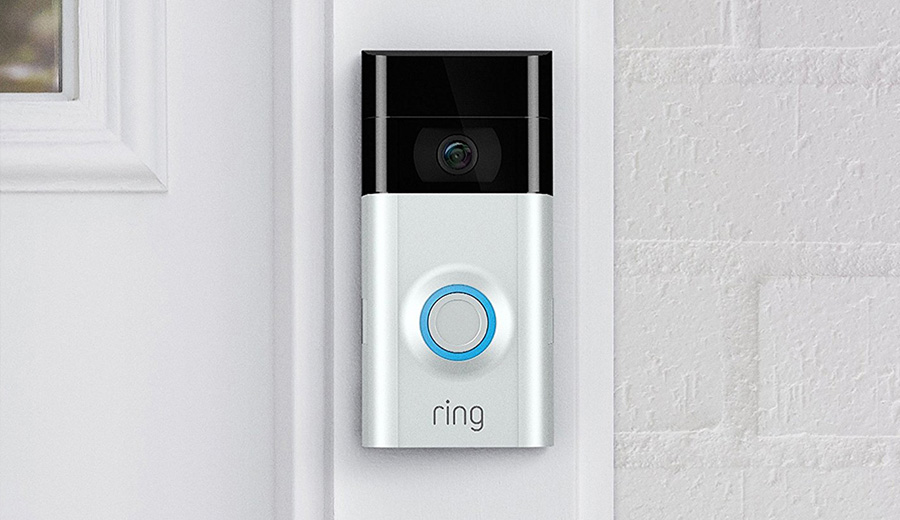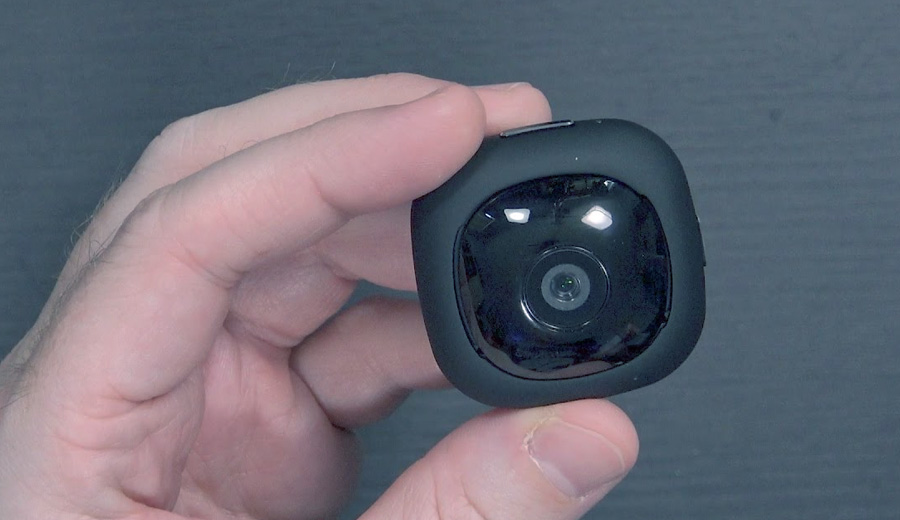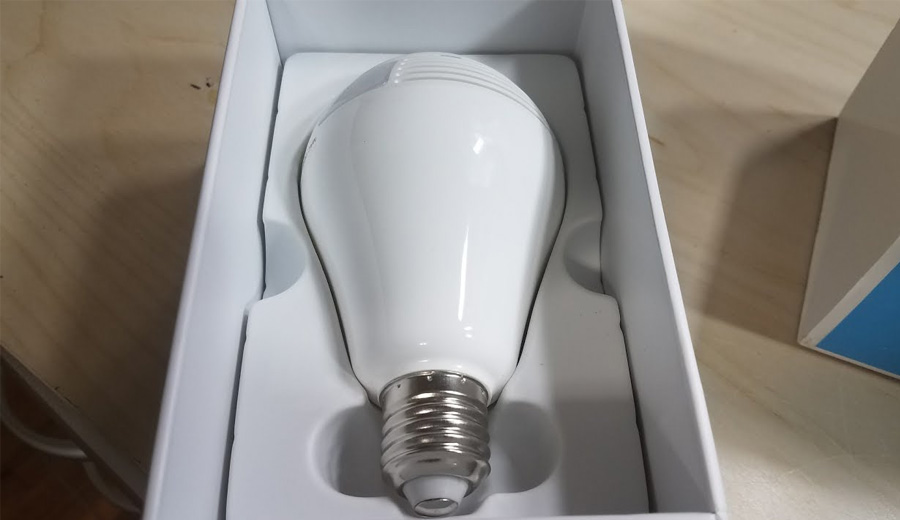In the world of surveillance technology wireless CCTV cameras have become common in the way we monitor and secure our spaces. These advanced surveillance devices offer an efficient alternative, to wired systems providing flexibility and ease of installation.
Understanding how wireless CCTV cameras work is essential to harness their capabilities. In this article we will explore these devices in order to better understand how they work and which CCTV camera system is right for you.
How Does CCTV Work?
Closed Circuit Television (CCTV) is a video camera setup that is employed to observe and document video footage. Unlike broadcast television, CCTV systems are not available for viewing publicly, and the captured footage can only be accessed by authorized individuals.
These systems find application in environments such as homes, commercial establishments, educational institutions, medical facilities or public areas.
At its core, a wireless CCTV camera for example, functions similarly to its wired counterpart, but eliminates the need for physical cables to transmit data. Instead, these cameras utilize technologies like Wi Fi or Bluetooth to transmit video and audio signals. The main components of a wireless CCTV system consist of the camera itself a transmitter, a receiver and a monitoring or recording device.
Camera
The camera serves as the “eyes” of the surveillance system by capturing video footage and sometimes audio (depending on the model). Wireless CCTV cameras are available in types such, as dome cameras, bullet cameras and PTZ (tilt zoom) cameras. Equipped with image sensors, lenses and processors these cameras convert audio information into signals.
Transmitter
Wireless CCTV cameras unlike their wired counterparts that rely on cables, for data transmission utilize transmitters to send signals through the air. These transmitters can be integrated into the camera itself. Provided as a separate module. They convert the signals from the camera into radio waves facilitating transmission.
Receiver
To receive these signals a wireless CCTV system employs a receiver that is often connected to a monitoring or recording device. The receiver captures the transmitted signals. Converts them back into data before sending them to the connected device for real time monitoring or recording.
Recording Device
The monitoring or recording device can take forms, such as a computer, a dedicated DVR (video recorder) or an NVR (network video recorder). These devices manage the captured footage allowing users to review and analyze it at a time. Additionally, some wireless CCTV cameras offer cloud storage options that enable users to access their footage
Wireless Connectivity Options
The benefits you enjoy by using CCTV cameras greatly depends on the choice of wireless connectivity options. The two utilized technologies, in this regard are Wi Fi and Bluetooth.
Wi Fi
Cameras, with Wi Fi capability can connect to your existing Wi Fi network making it easy to integrate them with smart home devices. You can conveniently access the camera feed from using your smartphone, tablet or computer. However, it’s important to have a stable Wi Fi network for good performance.
Bluetooth
Wireless CCTV cameras with Bluetooth functionality offer a range connections. The advantage is that they consume power. These cameras are suitable for spaces where you may not have or need a Wi Fi network.
Bluetooth technology enables a connection between the camera and your monitoring device without relying on an internet connection.
Security Considerations
While wireless CCTV cameras provide convenience and flexibility addressing security concerns is crucial. Encrypting the transmitted data and securing the network connection are measures to prevent 3rd party unauthorized access.
Regularly updating firmware and setting passwords for both camera and network access further enhance the security of the system.
Conclusion
In today’s changing landscape of surveillance technology, wireless CCTV cameras demonstrate innovation and convenience for the end user.
It’s important for users to have an understanding of how these cameras function, including both the elements and the details of wireless connectivity. This knowledge allows you to make informed choices when setting up a surveillance system.
As technology continues to progress in this area we can expect advanced solutions in the future guaranteeing that our surroundings stay safe and safeguarded against unknown threats.

